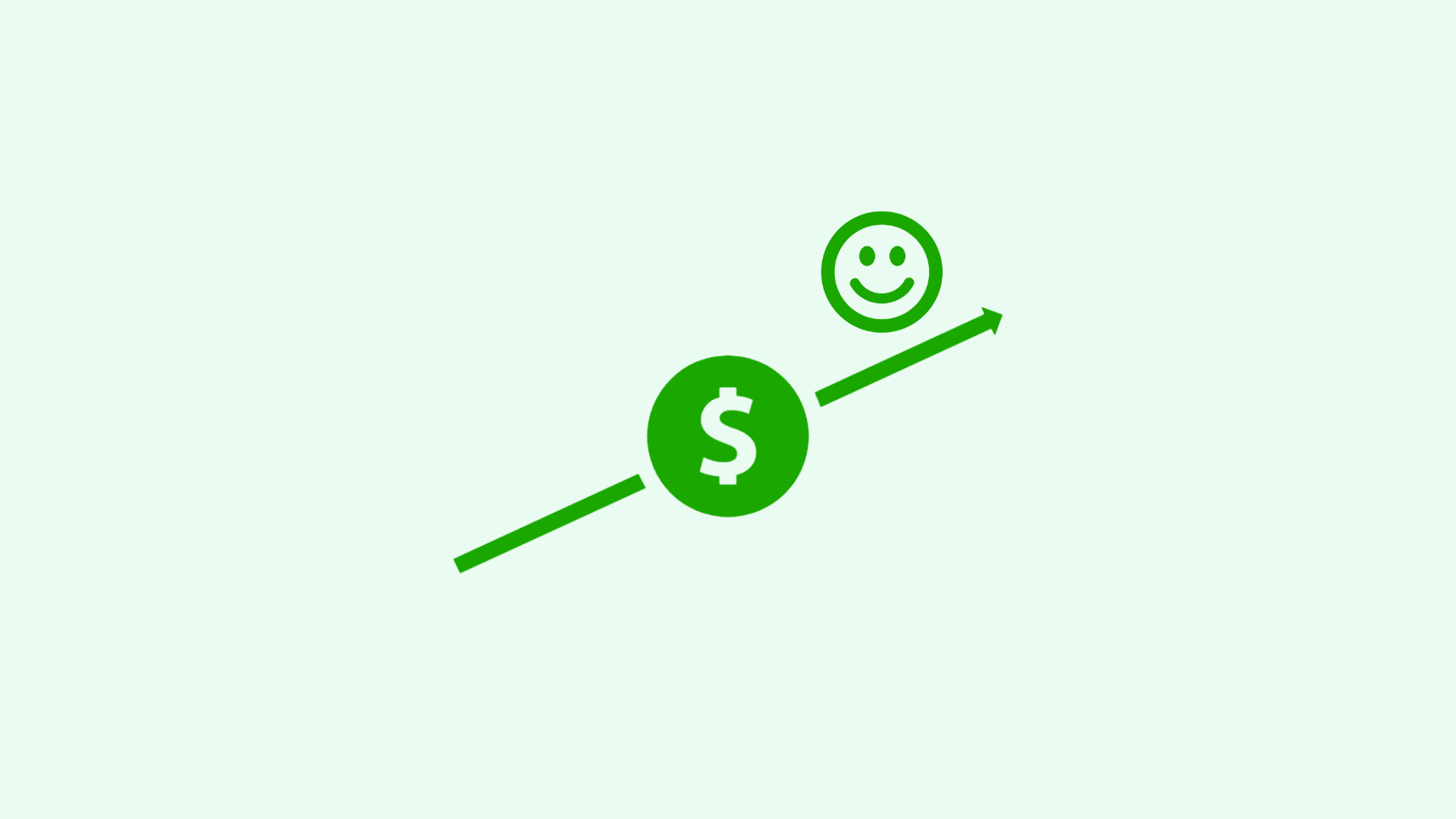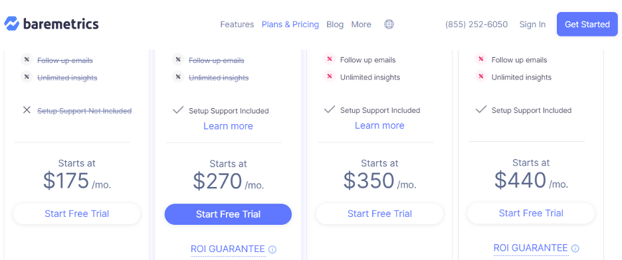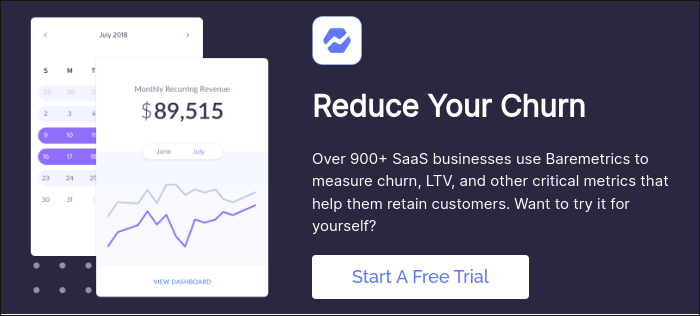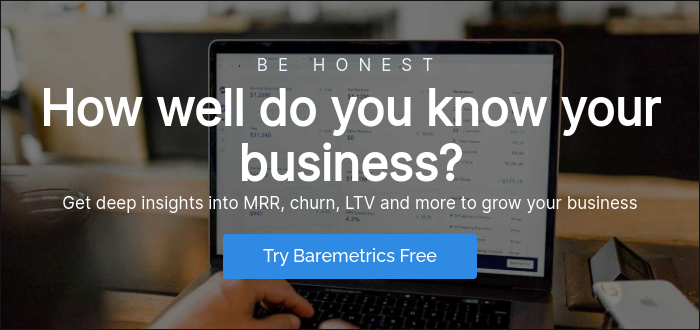Table of Contents

For most SaaS businesses, customer acquisition is one of the most challenging stages of growth. For most, the easiest ways to increase customer acquisition rates are to offer a freemium model or price your product on the lower end of the spectrum.
However, to keep your business afloat, you’ll need to effect a SaaS price increase. Not only will this help you increase your revenue, but it will also help give you a competitive edge in your industry.
Understanding the Unique Nature of the SaaS Business Model
One of the reasons the SaaS business model is so attractive is that revenue is generated on a recurring basis. This is because your customers don’t purchase your software for a one-time fee. Instead, you charge them a monthly or annual fee for a service you deliver over the Internet.

Because everything is delivered online through cloud computing, running costs are usually kept at a minimum. It is this factor that allows small to medium-scale startups to offer limited services for free to attract customers. It also helps create a tiered pricing structure to accommodate clients with different levels of buying power.
However, if you don’t have a plan and strategy for raising your prices, this client attraction strategy will end up leading to your SaaS business running aground. Not only will you not be able to turn a decent profit, but it will starve you of the funding you need to:
- Market your product effectively
- Create better iterations of your product
- Offer your customers excellent customer service
This means no matter what stage you are in your business’s journey, you can’t avoid raising prices for your product.
Raising Prices for Your SaaS — 3 Reasons Why You Should
Many SaaS startups dread raising their prices because of the fear of losing customers. However, there’s more at stake than losing customers if you don’t raise your prices. A few high-stake reasons for raising your prices include:
1. Results in an Increase in Revenue
While this may be an obvious one, it’s also an important reason for a SaaS price increase. Profitability is essential to the survival of any business, especially SaaS startups.
2. Increases the Value of Your Product
Static pricing results in your product losing value over time, both financially and in the eyes of your target audience. Once your product gains notoriety as “the cheap” alternative, customers will always perceive your product as less valuable than its competitors.
3. Ensures You Attract the Right Customers
Underpricing your SaaS product can result in you attracting a totally different target demographic to the one you had initially planned on targeting. Keeping your pricing abreast of the perceived increase in the value of your product will ensure that you always attract the right customers. Yes, even if it means losing some customers.
When Should You Increase Your Pricing?
Like all businesses, there comes a time when you have to raise your prices. For SaaS businesses, knowing when to raise your prices can be tricky. Here are a few signs that can help you know when to raise your prices:
Customer’s Use “Cheap” In Describing Your Product
One of the first signs that you need to revise your pricing upwards is when customers use the word “cheap” and it’s synonyms to describe your product. Whether they use it in conversations with you or in reviews comparing your product to its alternatives, this shows the value they place on it.
Customers Don’t Push Back on Pricing
If prospects never try to negotiate for better prices, even when your sales reps have the power to negotiate prices, it’s a sign that you’ve underpriced your product. You’re leaving tons of money on the table and need to increase your pricing.
You’ve Recently Added New Features
New features, especially those that prove valuable to users are a very good excuse to raise your pricing. Use customer feedback to gauge the value of your new features and revise your pricing accordingly.
You’re Overwhelmed By Demand
When the demand for your product overwhelms you, it’s a sign that people love your product. It could also be a sign that your product is a much-needed solution at that time — Zoom, the video conferencing platform, experienced this massive spike in 2020 that has sustained to present day. It’s also a hint that they’d be willing to pay more for it.
5 Simple Tips for Raising Pricing for Your SaaS Product (Without Upsetting Your Customers)
Now that you know the why and when of a SaaS price increase, let’s dive into how you can raise your prices — and that without upsetting your customers.
1. Raise Prices for New Customers
One of the safest ways of raising prices for your SaaS product is to raise them for new customers only. Use the lock-in rates method to keep your current customers happy while implementing a price increase for all new customers that sign up for your product. Make sure to inform existing users that the price for new customers will increase, but the prices for them will not change.
This is grandfathering existing customers into your pricing packages and essentially means keeping existing customers at the same pricing level for a limited time or even forever.
One reason this method is popular with many SaaS brands is that it reduces customer churn. It also positively impacts SaaS success metrics like monthly recurring revenue (MRR) that are essential in increasing the value of your brand.
The only caveat is that metrics like your average revenue per user (ARPU) can be negatively impacted. Don’t worry, keeping track of important SaaS metrics like these is easy with Baremetrics.
But what if you want to increase prices for existing users without upsetting them?
The following steps will guide you on how to do just that.
2. Research Your Customers
Before you raise your prices for existing customers, you must research your customers.
This can mean redefining your ideal customer profile (ICP) and building more refined buyer personas. Other implications of customer research to consider as you plan on raising your prices include:
- Value analysis. Consider the value your product offers customers. Do the features offer enough value that your customers will gladly pay more?
- Customer sensitivity. By now you should have enough data on your customers to know how sensitive they are to changes — particularly pricing changes. This will help you know how much you can raise your prices without upsetting the majority of your customers.
- Consider unit economics. Unit economics, like ARPU and customer lifetime value (CLV), are essential to the growth of a SaaS business. Find the right pricing point that will allow you to improve them without impacting your churn rates.
To get a better picture of how your new prices will affect your current customers, you must run an impact analysis. Doing so will prepare you for the changes and also help you develop a strategy of how to reach out to customers who’ll be most impacted by the pricing changes.
3. Check Out Competitor Pricing
Competitor analysis is an integral part of strategically positioning your brand. It’s also a great way to benchmark what your customers are willing to pay for your product. More importantly, it helps you keep your pricing increment within customers’ expectations.
One of the best ways to use competitor pricing to help you increase your own is by using the Van Westendorp model. This model involves asking your customers four simple questions:
1. What price would you think is fair for the product and represents the best value for money?
2. At what price point do you think the product is becoming expensive but still worth the investment?
3. At what price would the product seem so inexpensive you’d doubt its quality?
4. What price would you think is too expensive for you to continue using the product?
The answers to these questions will help you determine your ideal product value and, ultimately, guide you toward the optimum price point for your SaaS product.
4. Restructure Your Pricing Tiers
Another way of effecting a SaaS price increase without upsetting your customers is by restructuring your pricing tiers.
This method can allow your customers to continue paying the same price but with fewer features. Those who need more advanced features will be forced to upgrade, however, this change won’t be met with much resistance as the value of the features will speak for itself.
On the same note, you could also use a new feature to introduce a new tier to your pricing structure.
The biggest advantage of restructuring your tiers is that it gives your customers options. They won’t feel like they’re being strong-armed into paying more for your product. Because they feel they’re in control, they won’t feel the pain of the price increase.
5. Communicate the Value of Your Product More than the Price
The trick to getting SaaS pricing right is communicating the true value of your product. The same is true when you want to raise your prices.
Focus on selling the value your product adds to your customers more than the idea of hiking your prices. Doing so will help your customers better understand why you’re raising your prices. As a result, most will gladly continue using your product and happily pay your new rates.
SaaS Price Increase — Not As Daunting As It Seems
Increasing the price of your SaaS product need not be daunting.
Done well, it can result in increased revenue and happier customers. Sure, you may lose some customers. However, having fewer customers isn’t always a bad thing. It can translate to fewer service requests, higher-quality customers, and better customer service on your part.
With a well-planned and executed price increase strategy, raising your prices can be a win-win situation for you and your customers.
All the data your startup needs
Get deep insights into your company’s MRR, churn and other vital metrics for your SaaS business.




